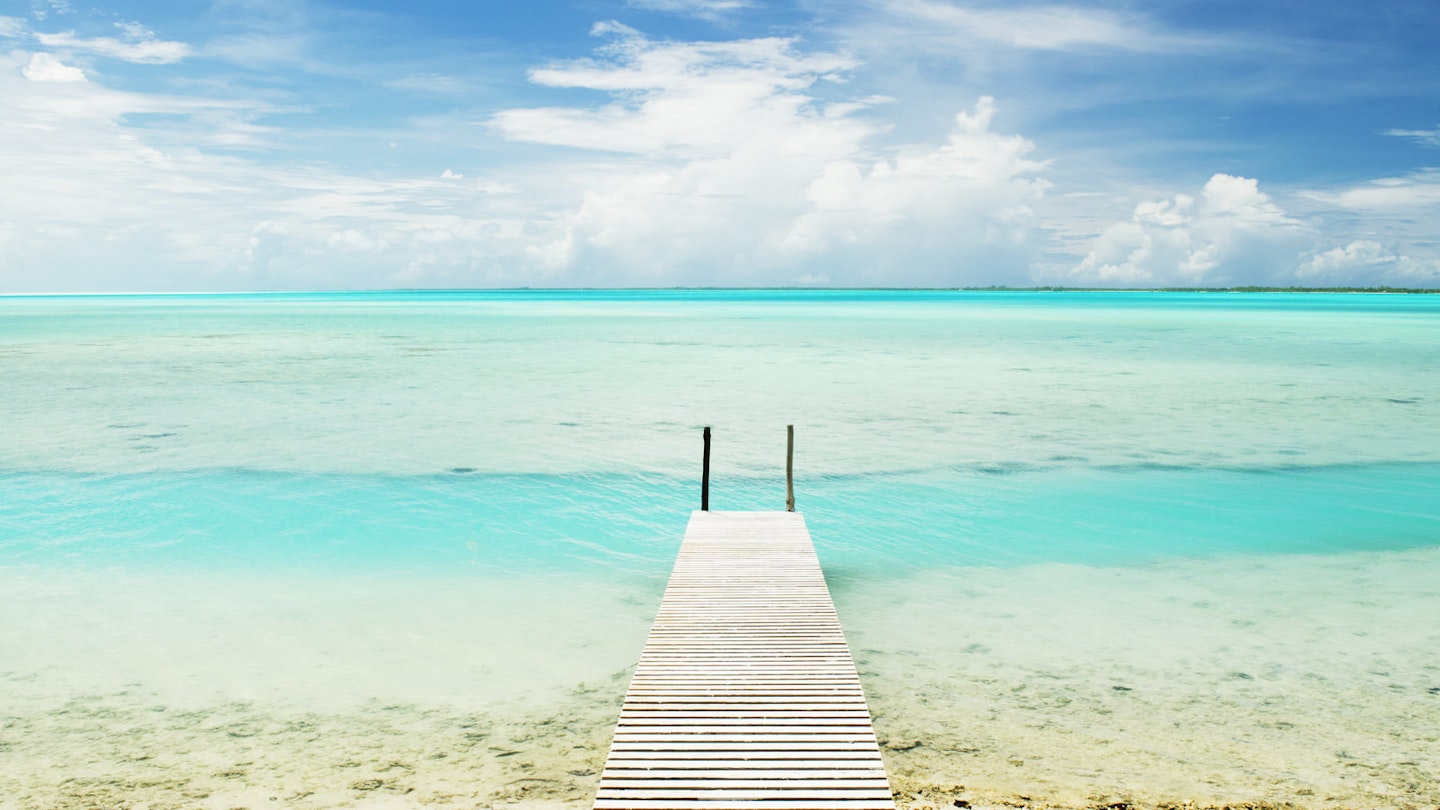Explore Anaa: A Sustainable Paradise in French Polynesia
One of the South Pacific’s most incredible destinations is the quiet, unspoiled island of Anaa, part of French Polynesia. As the island begins welcoming international visitors, let’s dive into the ‘must do’ activities Anaa has to offer.
French Polynesia is world-famous as a stunning South Pacific paradise. Warm temperatures year-round, crystal clear waters, and exceptionally friendly hosts draw visitors from around the globe. However, the glamorous hotels of Tahiti and Bora Bora might not suit every traveler. For environmentally-minded tourists keen to travel sustainably and experience the authentic French Polynesia, the heavenly island of Anaa should be at the top of your list.
Located three hundred miles east of Tahiti, in the middle of the Tuamotus (an archipelago covering an area as wide as Western Europe), the Anaa atoll can be accessed via a short, weekly Air Tahiti flight from Pape’ete. Only a handful of international visitors make the journey each year, meaning you’ll have much of the island (and the glorious tropical scenery) to yourself. Below, you’ll find a guide to the many activities awaiting ecotourists in this beautiful slice of paradise.
Sustainable Fishing
Anaa aspires to lead the world in the long-term sustainability of fly fishing. International tour operators organize regular community-led trips to the island during the main fishing season, which runs from April to December. This provides fishing enthusiasts a week to catch the hugely popular bonefish, known locally as kiokio. This ecotourism initiative contributes to the local community, funding conservation programs and providing economic value to the sustainability of the bonefish, therefore enhancing their long-term survival.
For those who don’t fish, visiting the ‘marine educational area’ created by local schools is invaluable. Here, a ring of stones around an altar—a sacred monument traditionally known as a marae—represents the issuance of a rahui. This ancient cultural order makes it taboo to fish during the prime spawning season in March, April, and May, allowing the fish population to rebound. Consequently, this creates a sustainable food supply for local residents and ensures a plentiful population of bonefish for visiting anglers.

Cultural Tours of Anaa
The sea-voyaging Polynesians have known about these islands for generations, settling here around 1400. French colonists arrived in the 17th century, followed by Catholic missionaries who converted the local population and built churches.
However, in recent years, the island’s population has dwindled from around 2000 residents in 1960 to approximately 500 today, primarily in the central village of Tuuhora. As a result, many of the seven ancestral villages around the lagoon—such as Tematahoa and Otepipi—are now largely abandoned, with only seasonal inhabitants remaining.
Visitors are invited to explore these ghost towns, featuring empty homes, old town halls, and crumbling temples. Historical sites, such as the underwater cave named Te Faitiga, provide a fascinating glimpse into the island’s past, serving as vital shelter during the Putuahara rebellion of 1852.

Take a Marine Safari
Local fishing boats can be hired for day safaris to explore the lagoon inside the Anaa atoll, including vibrant coral reefs and shallow sandy waters. The lagoon is abundant in marine life, making it a perfect place for snorkeling and swimming with gentle blacktip reef sharks. In addition, if you travel outside the lagoon, you may encounter larger marine creatures, such as sea turtles and dolphins, adding to the adventure.
While many popular reefs can only be accessed by boat, it’s also possible to hire bikes from local accommodations and explore the coastal paths and inland trails at your own pace.

Anaa’s Traditional Crafts
The community of Anaa is rich in artisans who utilize local materials to create a diverse range of products and souvenirs. This includes bespoke fishing hooks crafted by local craftsmen, perfect for Anaa’s shallow waters.
Additionally, elaborate shell necklaces are presented to departing passengers, and ceremonial crowns made of tiny shells are crafted for local ceremonies. Items ranging from handbags to passport covers are made from dried banana leaves, while dyed fabrics capture traditional island motifs. Moreover, carved stones are transformed into beautiful jewelry and sculptures, and coconut products, from confectionery to scented oils, are abundantly produced.
Island Life Logistics
For accommodations, consider Kanapa Lodge for an immersive experience in the heart of town, or Toku Kaiga for stunning views across the lagoon. Those looking for a genuine island vibe can stay with a local family at a pension, offering guests their own sleeping quarters while sharing facilities, allowing for authentic cultural experiences. All options provide opportunities to enjoy local dishes made from traditional ingredients.
Being part of French Polynesia, French is the official language on the island; however, many residents also speak English. It is also beneficial to learn a few phrases in Paumotu, the language of the Tuamotos, to enhance your experience.





